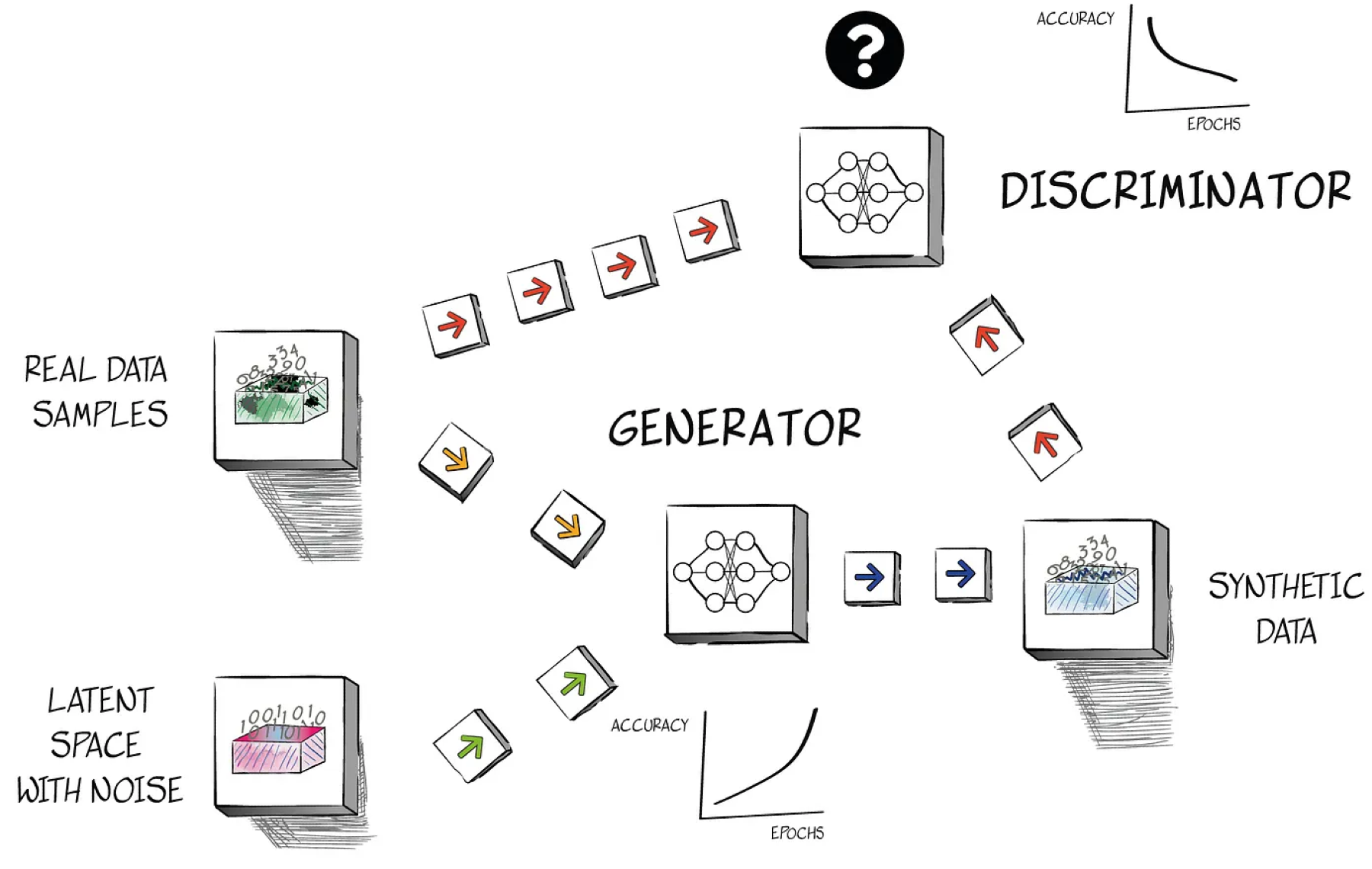Applied AI research
These are the most relevant applied-AI research areas in which we are working.

Marketing Measurement
- Applied AI: Advanced statistical modeling and machine learning for attribution, incorporating concepts from physics and social dynamics.
- Contribution: Developed a novel equation that integrates principles from statistical physics and marketing dynamics to model consumer response to advertising.
- Business application: Optimize advertising spend allocation, improve ROI prediction, and enhance understanding of consumer behavior patterns.

Risk Management
- Applied AI: Hamiltonian-inspired neural networks for robust credit scoring and out-of-time predictions.
- Contribution: Introduced an innovative approach that handles class imbalance and improves model stability in changing economic conditions.
- Business application: Enhance credit risk assessment accuracy, particularly in volatile markets or when dealing with limited historical data.

Synthetic Data
- Applied AI: Quantum-classical hybrid Generative Adversarial Networks (GANs) for tabular data generation.
- Contribution: Integrated quantum circuits into GAN architecture to improve the quality and diversity of synthetic tabular data.
- Business application: Create privacy-preserving datasets for testing and development in regulated industries, such as finance and healthcare.

AI Interpretability and Alignment
- Applied AI:
a) Emotion-informed valuation mechanisms in large language models, inspired by concepts from physics and social psychology.
b) Hamiltonian dynamics and differential geometry applied to multi-hop reasoning in large language models.
- Contribution:
a) Developed a novel attention mechanism that incorporates emotional context for improved model alignment and reasoning.
b) Developed a novel framework mapping reasoning chains to Hamiltonian-like systems, enabling analysis of valid vs. invalid reasoning patterns.
- Business application:
a) Develop more empathetic and contextually aware AI assistants for customer service, content generation, and decision support systems.
b) Developed a novel framework mapping reasoning chains to Hamiltonian systems, enabling analysis of valid vs. invalid reasoning patterns.
